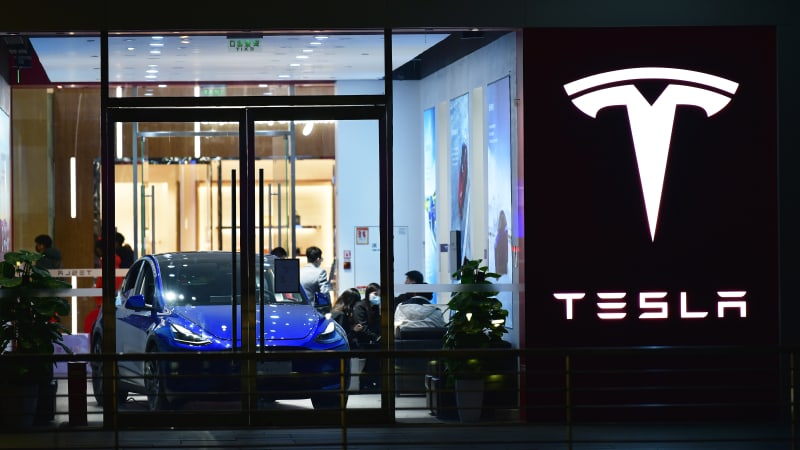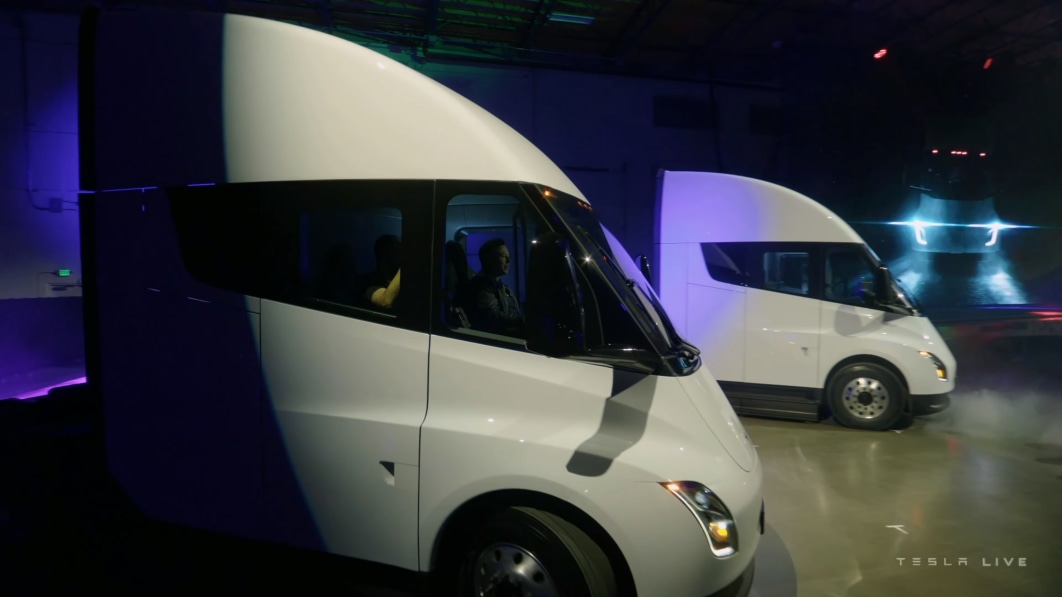NIO has nearly completed 20 million battery swap services, with an average of one NIO vehicle leaving a battery swap station with a fully charged battery every 1.9 seconds, said Li. NIO US | NIO HK | NIO SG

The China EV 100 Forum, held in Beijing from March 31 to April 2, brought together some of the biggest names in China's automotive industry.
William Li, founder, chairman and CEO of NIO (NYSE: NIO), spoke at the event on April 1.
Below is the full text of Li's speech, translated and edited by CnEVPost.
Dear chairman Wan, president Qingtai, minister Miao, and distinguished guests, I am very glad to have the opportunity to share some of NIO's latest ideas.
Last year we delivered 122,486 units of high-end smart electric vehicles, which is not a lot compared to our peers, especially compared to BYD.
However, the average price of the vehicles we delivered last year reached RMB 437,000. It can be said that each NIO has witnessed the upward upgrade of China's auto brands.
In the fourth quarter of last year, we had a 54.8 percent market share in the premium EV segment above RMB 300,000 and a 75 percent market share in the premium EV segment above RMB 400,000, and we're doing pretty well in terms of share.
It's true that everyone is facing a lot of difficult choices today, and the uncertainty in the industry is very high.
In our transition from fuel to electric vehicles, what should be the pace of development of the industry? I think we all have a lot of confusion, including myself. These are some of the very difficult choices we are facing.
NIO is a start-up company, and we are not in a position to stop and think too much.
We are determined to invest for the final win while ensuring the risk of our operation is manageable and improving efficiency, which is one of the things we have thought through.
We are investing in three main areas.
First, we are continuing to invest in core technology research and development.
Last year, NIO did lose some money, but I still want to tell you that it was mainly in R&D. However, the money lost on R&D, I think it is an investment.
NIO has been making R&D layouts globally since its creation in 2015. Even in 2019 when the company was about to close, we did not close the office in Europe, we did not close the office in Silicon Valley.
We have now established more than 10 R&D centers in the US, Europe and China.
Our R&D investment in the fourth quarter of last year was close to RMB 4 billion, and our annual R&D investment for the year reached RMB 10.8 billion.
Last year, our annual revenue was nearly RMB 50 billion, so I should say that the proportion of R&D investment is very high.
We will further increase our R&D investment this year, and are now making a comprehensive investment in the full-stack capability of intelligent electric vehicles, including chips, underlying operating systems, materials, and battery cells.
From day one, NIO has never taken anything from anyone else for reverse R&D. We started from a single line to build our cars, electric technology, intelligent technology, and all-aluminum body.
We did all of these ourselves, and this has been our tradition since 2015.
We now have over 10,000 R&D staff and we will still hire close to 2,000 recent college graduates this year and will train them for the long term.
NIO has been granted more than 6,000 patents covering the entire full stack of smart electric vehicle technologies.
We are very pleased to see that we have won the first prizes in the Chinese automotive industry for two consecutive years in 2021 and 2022, and these are the recognition of us.
Not only in China, but also in Europe, our ET7 won the most weighty model award in basically every country we entered last year.
For example, last year we won the most influential "Golden Steering Wheel" in Germany. This is the highest award for mid to large-size cars and the first time that a Chinese brand has won such an award in Germany. We can say that these have witnessed the upward journey of our brand.
Second, one of the directions we have resolutely invested in is the continuous construction of charging and battery swap infrastructure.
Charging and battery swap infrastructure is one of the most important factors determining the user experience of electric vehicles.
When we started research and development in 2015, we set down the service system of chargeable, swappable and upgradable.
In terms of charging piles, we have gone to a lot of trouble in helping users to install more than 180,000 charging piles.
We also installed more than 14,000 public charging piles, and this is open, more than 80 percent of the power is used by non-NIO owners. This includes Tesla, BYD, and many of our peer brand vehicles.
We have access to over a million third-party charging piles globally, and in both China and Europe, we have partnered with the most important local charging pile operators.
We just installed 500 kW ultra-fast charging piles two days ago, which has a bi-directional charging module that we developed ourselves.
This supercharger can in fact reach 650 kW power, and together with our battery swap stations, it can increase the efficiency to a very high level. We are now mainly building integrated stations with both battery swap service and charging piles.
We have deployed 52 destination charging routes in China, such as the route from Sichuan to Tibet and the route to Everest Base Camp.
We will deploy destination charging routes to our customers whenever they want to go, and we will add more than 20 routes this year.
We have already built 1,326 battery swap stations in China, in this picture is the one in Lhasa.
We have also deployed 13 battery swap stations in Europe, and they have been well received in five European countries.
Two days ago we just commissioned our third generation battery swap stations in Hainan, and battery swap has become the most popular way to replenish energy for NIO users.
On February 14, 2022, for the first time, the power provided by our battery swap stations exceeded that provided by charging facilities, and now the ratio has reached 60 percent.
In addition to charging at home, owners are essentially using battery swap stations, and that percentage is much higher than we had anticipated.
We are close to completing 20 million battery swaps, which should be seen in the next two days. On average, every 1.9 seconds an NIO vehicle departs from a battery swap station with a fully charged battery.
Battery swap has many advantages, I won't go into details here.
We have already built a network of battery swap stations covering five vertical highways, three horizontal highways, and eight city clusters.
By 2025, we will have a network of battery swap stations covering 9 vertical highways, 9 horizontal highways, and 19 city clusters, and by then NIO car owners will be able to travel on highways without worry.
Our goal for this year is to add 1,000 battery swap stations, and by the end of this year, we will have 2,300 stations.
We will also add 10,000 new battery swap stations, and in fact, we are the most aggressive car brand in China in deploying battery swap stations.
People always think of battery swap when they think of NIO, but we're actually doing a great job with charging facilities as well.
That's the second point, we will be determined to build the infrastructure.
Third, we will enter the global market with the determination to serve more customers.
On September 30, 2021, we started to deliver in Norway. Many of our Chinese counterparts deliver vehicles in Norway, and we have reached the first and second places in some segments.
On October 7 last year, we officially announced our entry into Europe in Germany, the Netherlands, Denmark and Sweden.
We had a European launch event in Berlin with more than 1,000 guests, which was well received by everyone.
On October 16 last year, we officially started to deliver vehicles in four European countries.
In fact, just two days ago, we just opened our NIO House in Frankfurt, after having opened our NIO House in Berlin and NIO House in Rotterdam.
Overall, this is indeed a particularly challenging time, and NIO has chosen to do the right thing in the long run by making a long-term investment. We believe that this kind of investment will eventually reap good results.
This is also a photo of one of our horizons in the Netherlands, taken by a Dutch photographer, heralding a field of hope.
I believe that the development of smart electric vehicles is a difficult journey, and the road ahead is long and full of obstacles. But if we move forward, we will reach our goal. The future is promising.
I hope we can have a bright future together, thank you.
NIO's battery swap network open to other brands, just like cloud service, says William Li
The post China EV 100 Forum: NIO's William Li's full speech appeared first on CnEVPost.
For more articles, please visit CnEVPost.

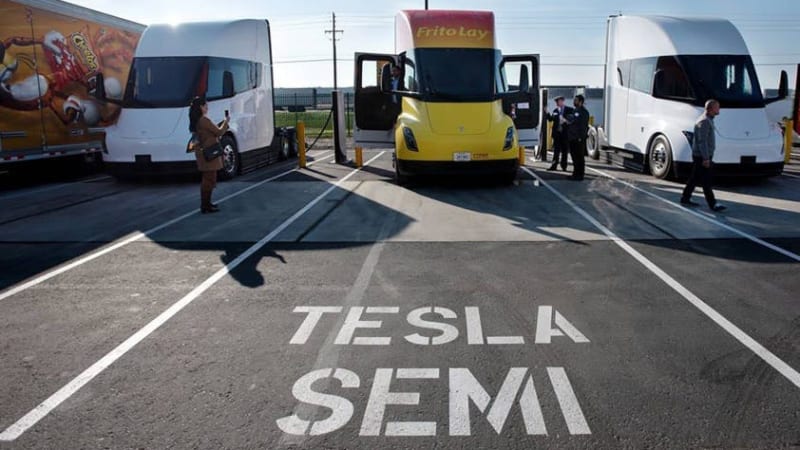
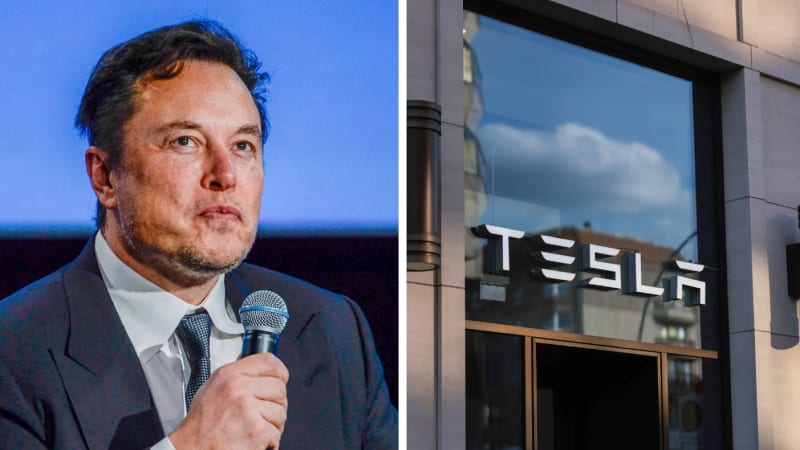







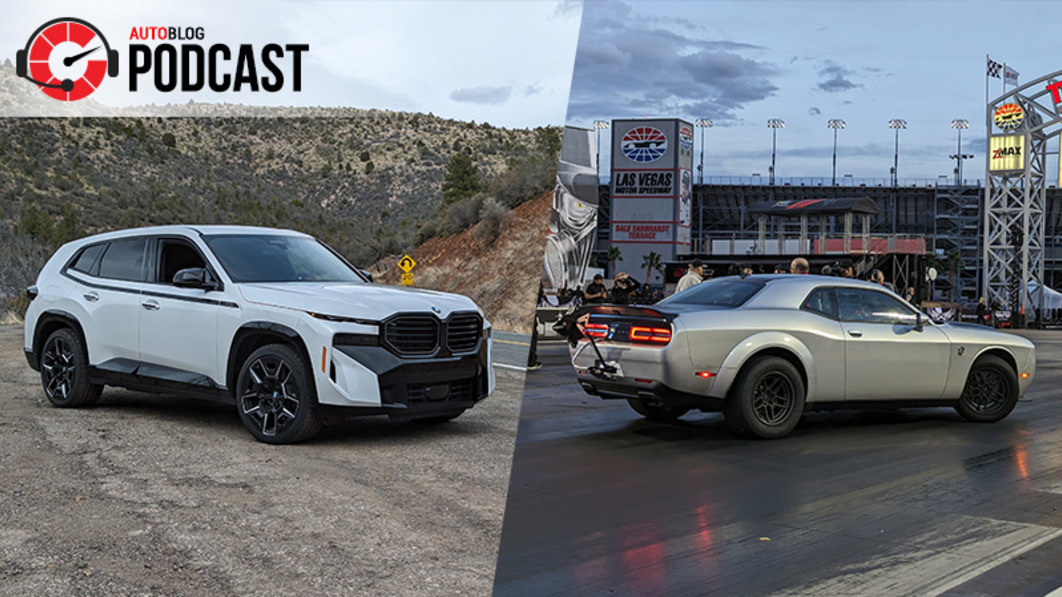 We also drive the base VW Jetta Sport with a manual and chat about our long-term Toyota Sienna
We also drive the base VW Jetta Sport with a manual and chat about our long-term Toyota Sienna